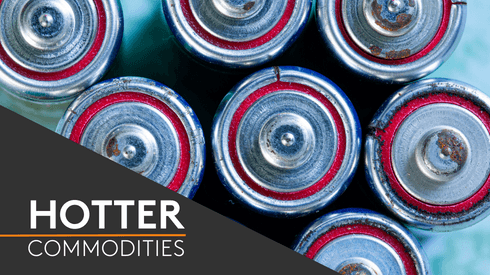The bull run on commodities will be over by 2015, and star performers such as copper are likely to suffer most when it comes to an end, according to BCA Research.
The bullish outlook for base metals will remain firm for the next two or three years, but in the longer term the assumptions that provided a justification for higher prices will be tested, the independent investment research company said.
“The combination of higher interest rates, increased supply, and slowing Chinese demand is likely to put a stake through the heart of the bull market in base metals by the middle of this decade,” BCA forecast.
“The damage is likely to be particularly severe in … metals such as copper that have been among the star performers over the past decade,” the group said.
BCA’s research comes at a moment when brokers and banks have become more sceptical about the short-term outlook for copper.
But resilient global growth, abundant liquidity and tight supply will keep the commodity bull market propped up in the medium term, before higher interest rates and freer supply begin to weigh on metals and other key commodities, BCA said.
China’s growth has provided the platform for strong demand forecasts, the group said, but historical analysis shows that, in real terms, the cost of commodities has moved on a downward trend, spiking only during periods of regional or global conflict.
“The long-term history of commodity prices has not been kind to commodity bulls… Secular commodity bulls are usually quick to note that the current cycle is different from past upturns in a number of ways,” the BCA said.
“China, of course, usually is exhibit A (and often exhibits B and C) for these bullish arguments,” it added.
“Where the argument falls short … is in the implicit presumption that rapid growth in China will necessarily be accompanied by rapid growth in China’s demand for all sorts of commodities,” the group said.
“While such a nexus is true for oil, it is not true for base metals,” it added.
China already consumes a substantial portion of the world’s base metals, but models of developments in advanced economies would suggest that consumption per capita will begin to flatten out as the country moves towards a service-based economy, the group said.
“If China resembles a typical developed economy in 2050, its per capita base metal demand will not be substantially higher than it is now,” the BCA forecast.
While further near-term growth is highly probable, so is an eventual decline in per capita consumption in the longer term, it said.
“It is the incremental demand for commodities that matters most for prices, and it is hard to see how incremental demand can continue to grow at the heady pace of the past decade,” the group added.






